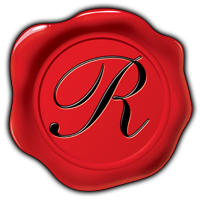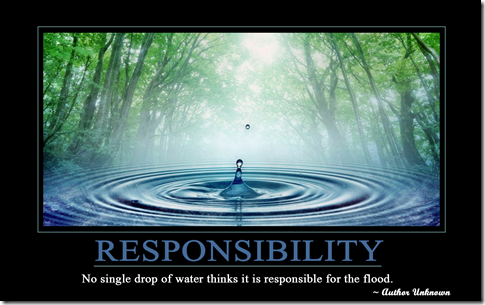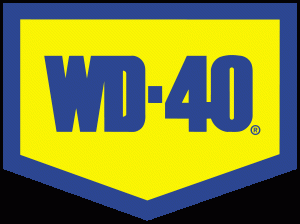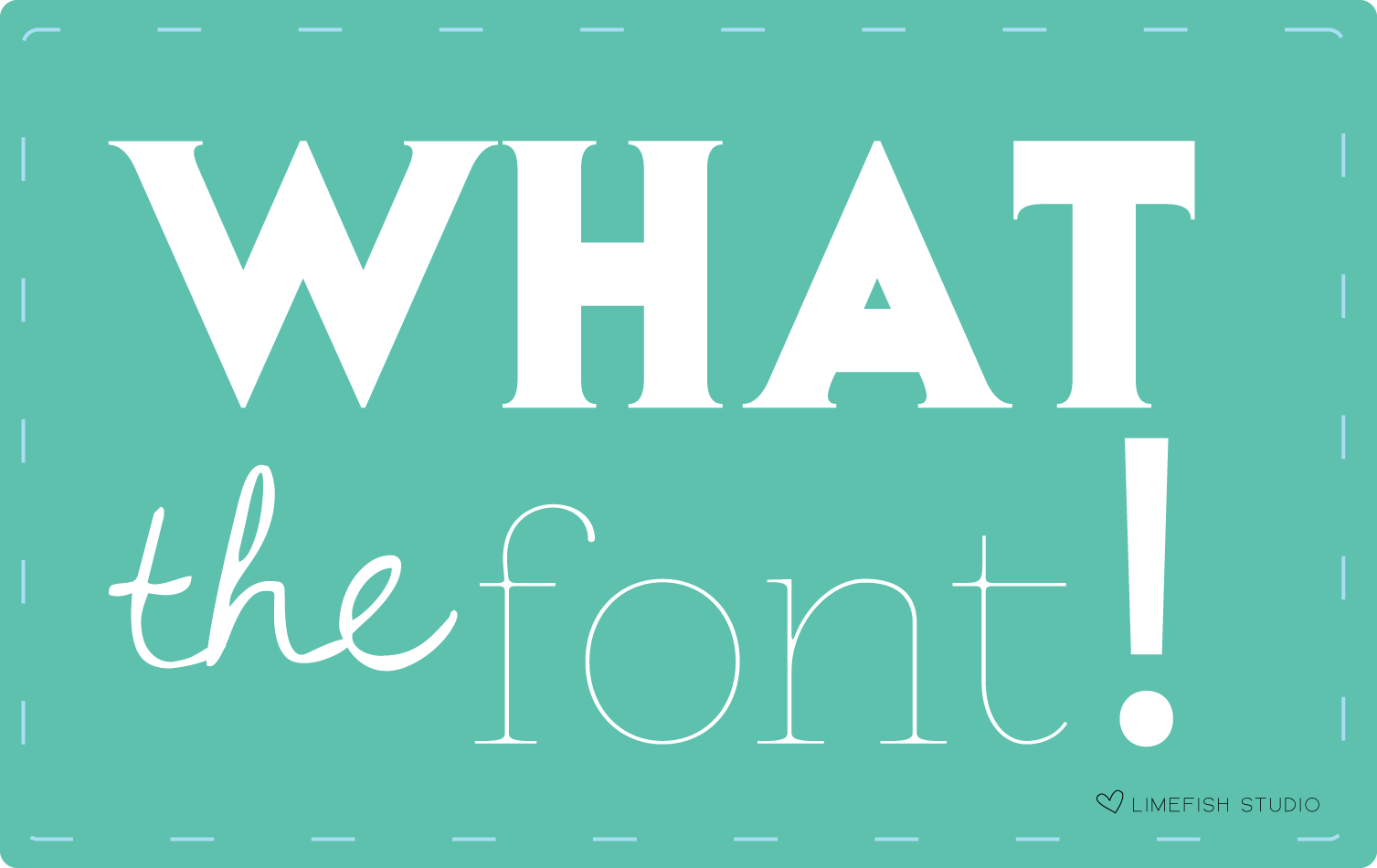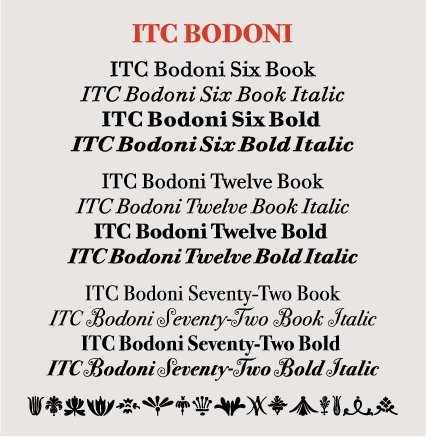A Lesson from Goldilocks and the Three Bears…

As I have talked to business owners over the last 14 years who have adopted a do-it-yourself mentality to marketing their business, I have often heard, “My mailing campaign didn’t work!” What I often find from them is that they have done their own mailing campaign of 100 or 200 mailers of some type, to a list of prospective homeowners that they’ve narrowly targeted, based on the direction of a friend, family member, or “marketing expert” at their networking group. They’re surprised that they get no response, or one or two lukewarm prospects.
The reality is that zero, one or two responses from a mailing of say 200 homeowners, is not actually bad at all, it’s just not enough. How does that make any sense? In fact it’s quite excellent for a cold campaign at 1% response rate. The problem is expectations. One or two lead calls for a home improvement company is not enough to keep a sales staff gainfully employed, and cash flow healthy. 10 or 20 leads would be more like it – right? 50 qualified leads even better!
Most direct response fails I believe, because business owners find the least expensive Cost per Thousand Impressions (CPM) advertising vehicles and blast their message out to mailboxes attached to dwellings of all types. The result is lots of “activity” and a disproportionately low level of sales for the activity expended.
Worse yet, with all the sophisticated demographic, psychographic, and geographic targeting techniques – some businesses take the extreme opposite approach by disqualifying too many good prospects and focusing too narrowly on a list that has no chance of being successful, based on too many assumptions.
Well what if there was a way to target your entire population of qualified and select prospective homeowners (The Mass Affluent) and received full service marketing consulting and design based on years of experience and proven track record… and laser-focus that message into the home for one-tenth the cost of a postage stamp?
What I have found is that if we mail 1000 times the circulation of the earlier example, at one-tenth the cost, but mail that to the Mass Affluent Homeowners, we get the desired result our business owners are looking for. They get qualified leads, enough to be impressed, that close at a high percentage, and have a strong ticket average. The result is a strong Return on Investment (ROI) for the advertiser, with laser-focused effort, and a fraction of the sales staff!
More is not better, but too little is worse!
Contributed by Anthony R. Sucato,
Retired Engineer
President RSVP Publications of Indiana, Kentucky, and Ohio
“Direct Marketing to the Affluent”


